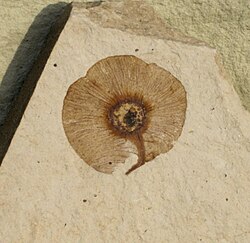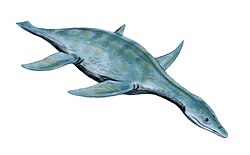Plants
Conifers
| Name | Novelty | Status | Authors | Age | Unit | Location | Synonymized taxa | Notes | Images |
|---|---|---|---|---|---|---|---|---|---|
Sp nov | A Callitris seed morphospecies | ||||||||
Comb nov | A Keteleeria foliage morphospecies |  | |||||||
Flowering plants
| Name | Novelty | Status | Authors | Age | Unit | Location | Synonymized taxa | Notes | Images |
|---|---|---|---|---|---|---|---|---|---|
Syn nov | An alder foliage morphospecies | ||||||||
Comb et syn nov | Amelanchier grayi (1927) | A Saskatoon berry species | |||||||
Sp nov | An Arctostaphylos foliage morphospecies | ||||||||
Sp nov | A fruit species of uncertain affinity. | ||||||||
Sp nov | A Ceanothus species | ||||||||
Comb nov | A Cedrela species |  | |||||||
Comb et syn nov | G. obovata (1877) | A katsura species | |||||||
Sp nov | jr synonym | A mountain misery foliage morphospecies |  | ||||||
Sp nov | jr synonym | A Dipteronia species |  | ||||||
Sp nov | An ash seed morphospecies | ||||||||
Sp nov | An apple foliage morphospecies | ||||||||
Comb nov | A Mentzelia species | ||||||||
Sp nov | An cinquefoil foliage morphospecies | ||||||||
Sp nov | A buckthorn foliage morphospecies | ||||||||
Sp nov | A snowberry foliage morphospecies | ||||||||




